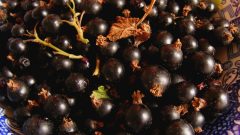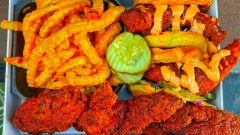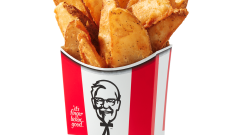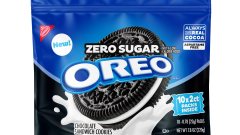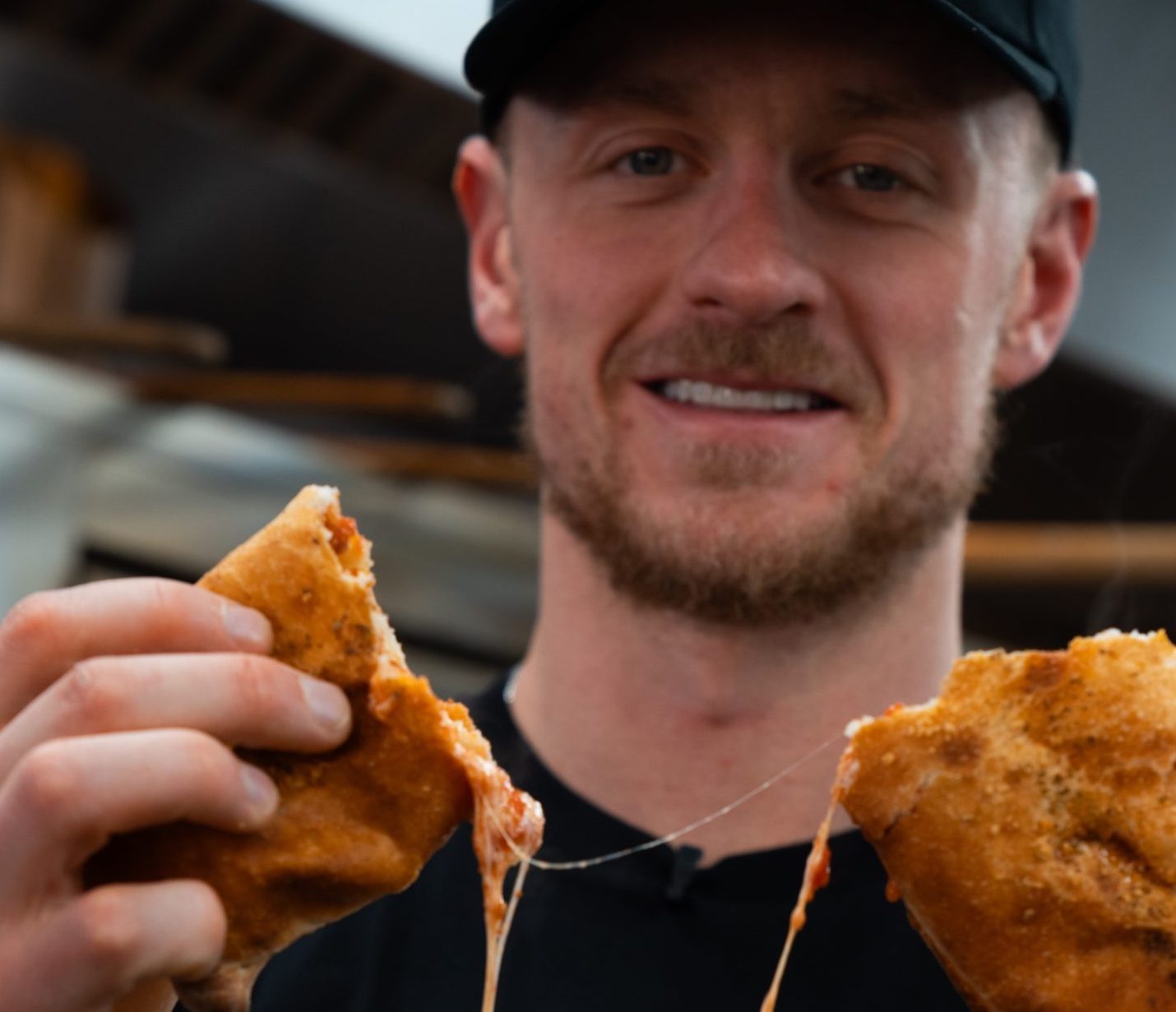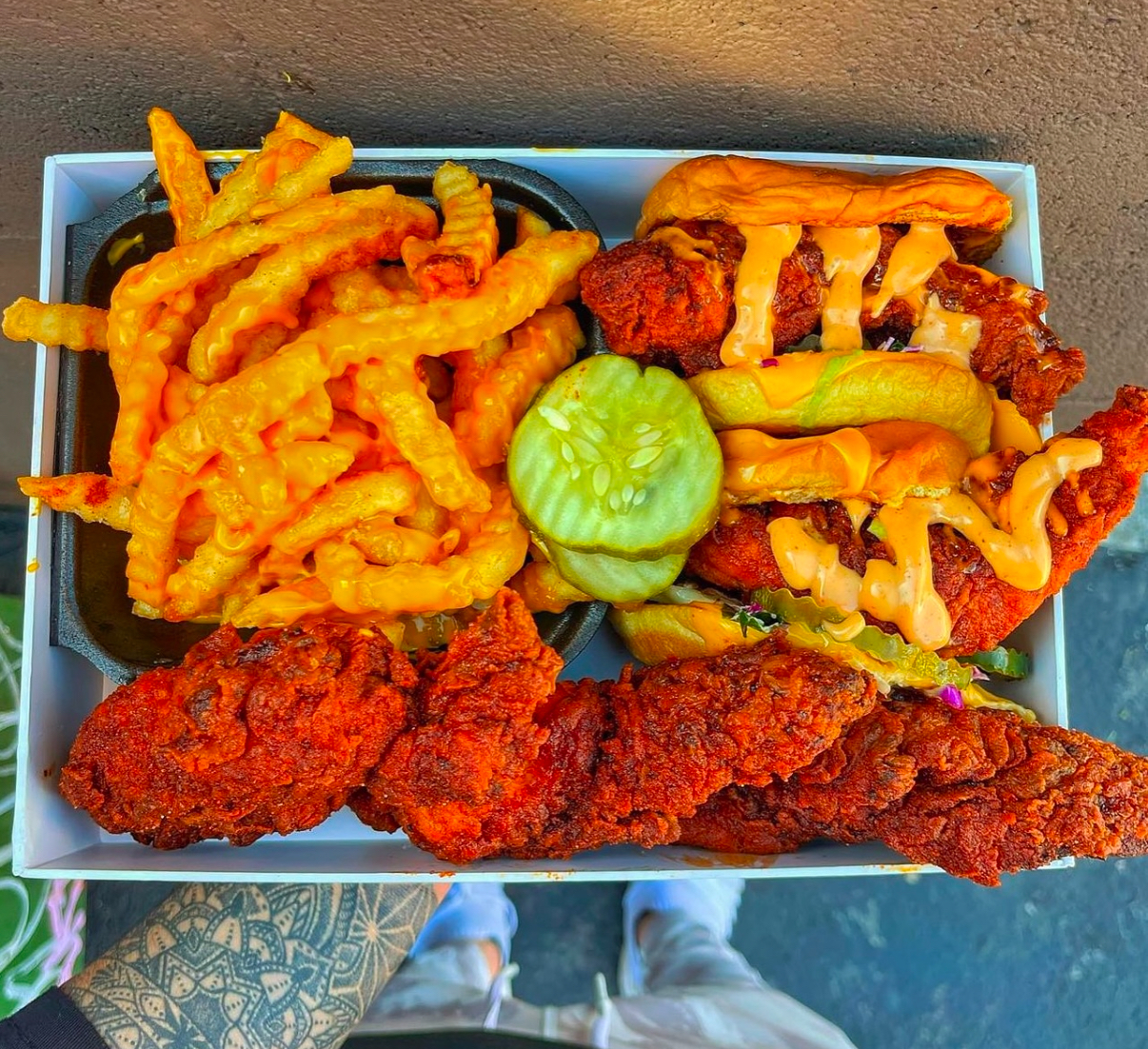The Poke Craze Is Here, But Is It All Good?
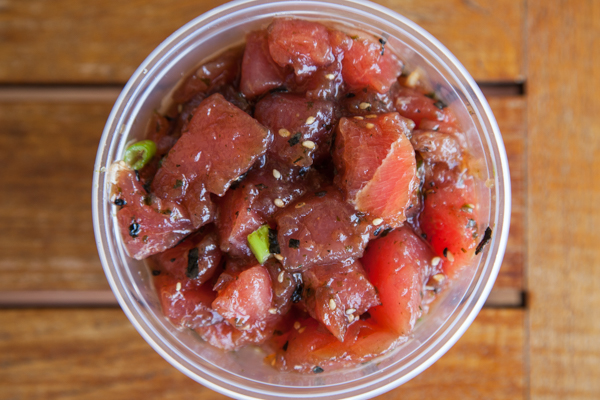
Photo: Jayna Gavieres
Poke, a Hawaiian dish consisting of diced raw fish mixed with flavored sauces, has lately been trending all over California and the East Coast. On Yelp you can find over 20 listings of new poke places just in Orange County alone.
Despite the popularity poke has gained on the mainland, some see it as just another incessant food trend and a delicacy that’s quickly losing its cultural authenticity, I for one, included. The meaning of poke is rapidly changing as more restaurants are opening left and right, and I generally don’t see that as a great thing.
Having visited Hawaii many times throughout my life (thanks to family living there), I’ve tried true Hawaiian poke and the exclusivity of having it on the islands. The most important aspect of this dish is obviously the quality of the fish, and for anyone who enjoys fish, it’s really all about the freshness.
Growing up in the Asian culture, when someone mentions poke, I automatically think “diced raw fish by the pound.” The difference between traditional poke and the current poke trend that’s sweeping the country is that here in California, when someone mentions poke, they’re usually talking about diced raw fish, numerous mixed toppings to accompany it, and a liberal, albeit borderline criminal amount of sauces, all creating a mountain over a bowl of rice.
Orange County restaurants like PokiNometry and The Low-Key Poke Joint serve this very poke bowl concept containing various toppings that overpower the original favor of the fish itself.

Photo: Jayna Gavieres
Foodland, a grocery store chain throughout the Hawaiian Islands, takes pride in being “Hawaii’s Home for Poke.” When you walk up to the store’s deli, you can immediately see the long row of freshly diced raw fish marinating in various sauces waiting to be ordered by the pound. Yes, they do also serve poke bowls, but their poke bowls only consist of your choice of fish on top of rice. That’s it. Nice and simple.
The poke trend is becoming more complicated and therefore losing the simplistic quality that made it enjoyable to Hawaiians in the first place. When you have a list of different spices and toppings that can be added to the fish in unlimited combinations, are you really tasting the important freshness of the fish like the Hawaiian culture intended?
The notion that people have to constantly be innovative with food is a positive and exciting quality to have in the food industry, but some people tend to distort food trends by relentlessly changing a culture’s specialty. If one forgets the history behind certain dishes and foods just for the sake of popularity and hype, traditional cultures become misrepresented.
However, let’s play devil’s advocate for a moment: maybe this poke trend is just a new concept being born in our modern-day subcultures? Would it seem more acceptable if it wasn’t called poke? There’s no doubt that poke bowls are becoming wildly more popular and the demand is exponentially growing. The satisfying concept of customizing your own bowl makes eating that much more fun and exciting, which is what we Americans seem to crave in this industry. Culinary excitement can simply be the touchstone of this trend.
With that said, though, the hype with poke should encourage us to remember where it originally began and that sometimes, less is more.







